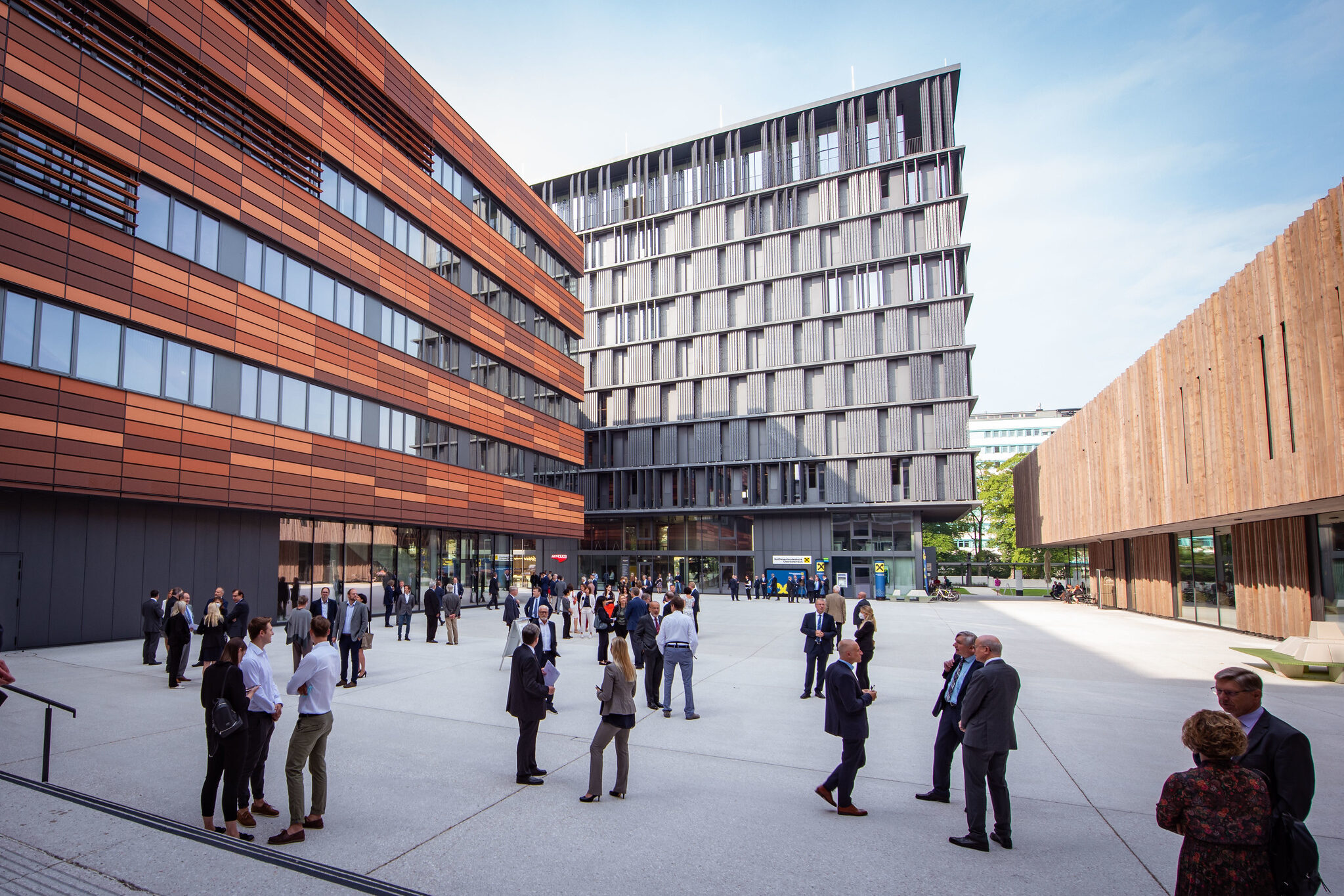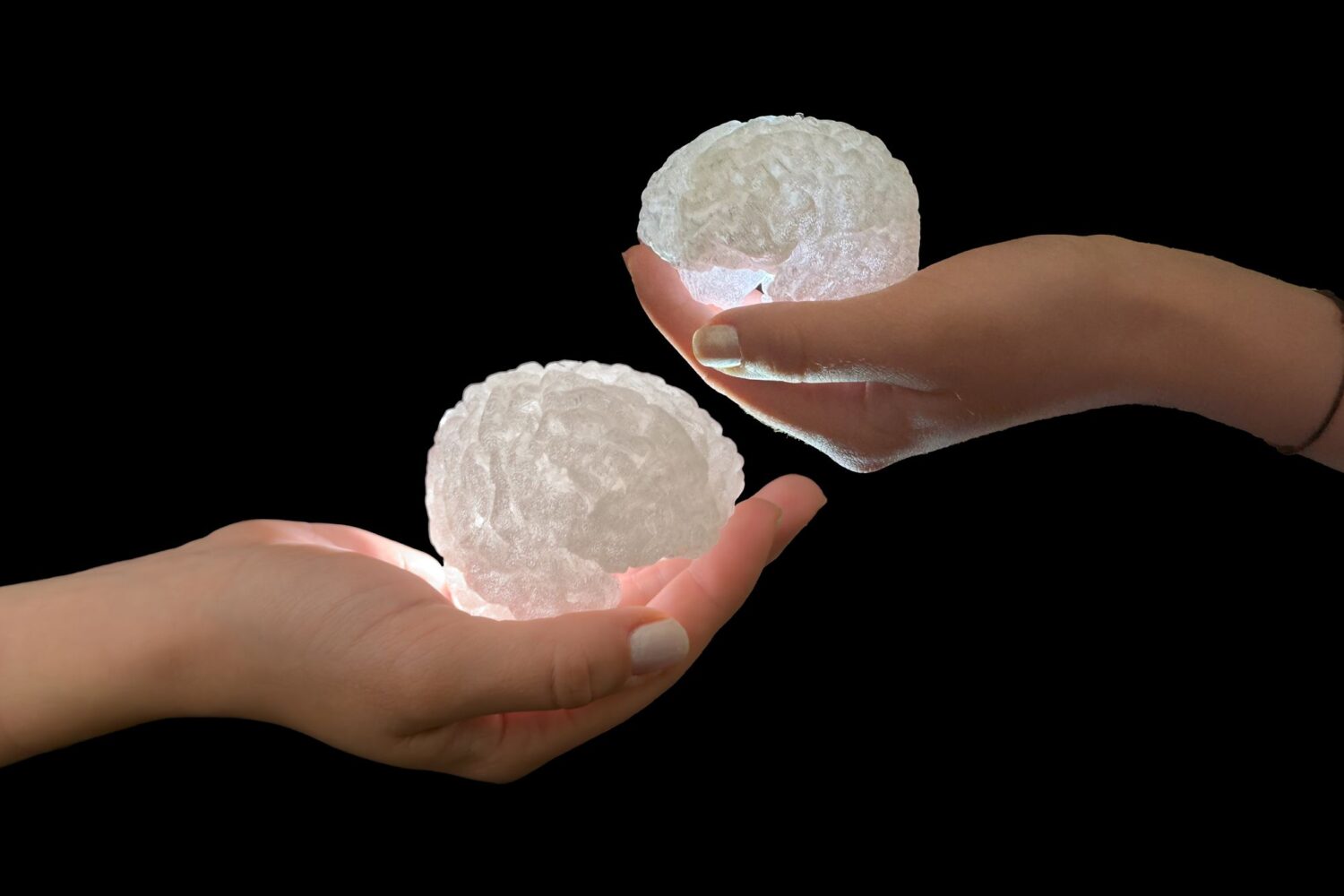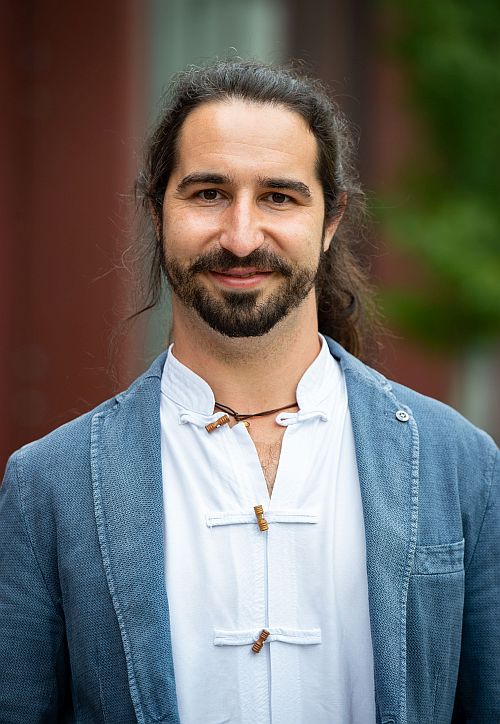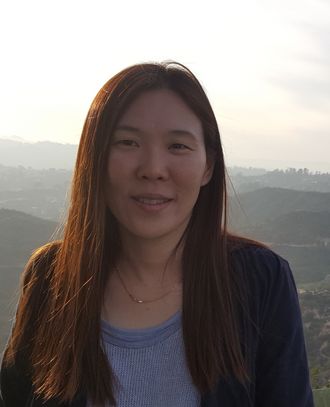Science and art are joining forces to find innovative solutions to current crises. Eight joint projects by JKU scientists and artists will be presented at the Ars Electronica Festival in Linz.
Guest article by JKU Johannes Kepler University Linz
Do science and art complement each other? When these worlds collide, can they speak the same language? And what would even be the point of all of this? The answer is both simple and complex: we need more than just one perspective to search for – and respond to – the global challenges we face today. We need to not only think creatively, but also introduce unconventional perspectives drawn from across different disciplines. Although the approaches to find new answers to the global challenges we face today may vary, science and art can mutually complement the other as each shares the same drive to re-discover the world. In an effort to accomplish just this, there are eight art & science installations at the upcoming Ars Electronica Festival (funded by LIT – Linz Institute of Technology) featuring artists coming together with JKU researchers and scholars. The JKU Medical Campus will host the Festival for the first time this year, complementing the installations at PostCity, DeepSpace 8K at the Ars Electronica, and at the Mariendom Cathedral in Linz. Visitors at the JKU Medical Campus can experience (and listen to!) unique and creative installations.
We spoke with three actively involved JKU researchers and scholars – Johannes Kofler, Richard Küng, and Yoojin Oh – about their installations at this year’s Ars Electronica Festival.

Quantum Technology in a Suitcase: Bruckner, the Cathedral, and High-Tech Physics
The Ars Electronics Festival will also celebrate the 2024 Bruckner Anniversary by featuring an organ concert at the Mariendom cathedral in Linz inspired by Austrian composer Anton Bruckner. The music, however, will be randomly composed.
Is the BruQner installation an Anton Bruckner concert or not?
Dr. Johannes Kofler: It’s both. We will use a quantum mechanical experiment involving entangled light particles to select locally random – but strongly correlated – musical notes based on Bruckner’s Perger Prelude for two organs. These musical notes will then be passed on to the organists and they will play them simultaneously.
Does this take place in real time?
Prof. Dr. Richard Küng: Almost. The organists are only human so they have requested to be one tact ahead.
Nevertheless, it is an amazing effort!
Johannes Kofler: Absolutely, and it is one of the reasons that the installation will be at the Mariendom cathedral in Linz. The cathedral not only has two organs capable of playing in unison, there are also talented organists who can manage what it is we’re planning to do. There are not that many places in the world where we can do this.
How did you come up with the idea of combining a Bruckner composition with quantum science in a cathedral?
Richard Küng: To mark the Bruckner anniversary year, Prof. Philipp Haslinger (Vienna University of Technology) brought me and others on board to combine quantum science with some of the composer’s music. I thought it was a great idea! Johannes’ idea was to use Bell’s theorem. This allows one to perform music that no human conductor or coventional computer could ever conduct.
What does Bell’s theorem tell us?
Johannes Kofler: Hm, in a nutshell, by violating Bell’s theorem, we can see that quantum mechanically generated correlations between measurement outcomes can be stronger than what is conventionally permissible. The bottom line is that this means the world doesn’t work in a conventional sense, as people have long thought, but rather it is based on quantum phenomena and random chance. I have worked alongside Anton Zeilinger (Nobel Prize winner for physics in 2022) in this field for almost a decade so I knew this approach would work.
In other words, a random quantum generator will ‘compose’ the concert?
Richard Küng: Exactly. Quantum physics is very different from what we experience every day. It’s not always easy to explain what it is but if we want to understand the world in its essence, it is fundamentally essential. Music seemed like an ideal way to not only explain quantum physics, but also make it more tangible and audible, using the other senses. After all, we also visualize a concert.
How did bringing physicists and musicians together with experts in different fields work?
Johannes Kofler: It worked very well as everyone was extremely interested in each other’s subject areas. We not only learned a great deal, but composer Clemens Wenger is also a programmer so that was an advantage.
In other words, it is a very complex, large-scale installation. Will you continue working on it after the festival?
Richard Küng (smiles): Absolutely, and maybe in other musical genres and perhaps even without human organists. The sky’s the limit as the whole quantum technology setup now basically fits into a suitcase. We could go on tour any time!
Microbial Mindscapes – Tell me what you eat and I’ll tell you how it makes you feel
Can chocolate really make you feel happy? Can an argument take a physical toll on your stomach? In other words, just what is it that affects our emotions? The scientific community has a fascinating response in that it’s not just our brains: our ‘gastric tenants’ also tend affect our emotional well-being. Microbial Mindscapes, an interactive LIT-funded audiovisual installation and performance at this year’s Ars Electronica Festival, will showcase just how our intestinal microbiome can impact our mental well-being and our emotional state.
Dr. Yoojin Oh, together with Peter Hinterdorfer, Christina Watschinger, and Tobias Ruff, you are responsible for the project’s scientific content. What are you looking at exactly?
Yoojin Oh: By studying both how the bacterial composition in our gastrointestinal tract affects us and the role neurotransmitters (biochemical substances that relay signals from one nerve cell to another) play, we are learning more about how our microbiome can affect both our bodies and our emotional state.
What kind of impact do they have?
Yoojin Oh: A significant impact! The human digestive tract is home to countless different types of intestinal bacteria that make up approximately one kilo of our total body weight. In fact, there are hundreds of different types of species that produce different substances. The greater the number of one type of bacteria, the greater the proportion of biochemical substances they produce, which, in turn, will affect us.
But the bacterial composition is unique, isn’t it?
Yoojin Oh: Absolutely, and it changes depending on what we eat. Babies have a different diet compared to an adult; Asians eat differently compared to Europeans. Bacteria, however, affects everyone, and that includes our emotional state.

What would I cook for my wife if she were upset with me?
Yoojin Oh (laughs): There are, of course, no correlations in that direction to prove that a specific type of food can keep you from being sad or stop you from being angry with someone. We don’t actually study individual bacteria or people so I can’t make any dietary recommendations.
You can derive the correlations though?
Yoojin Oh: Definitely, and we can display them statistically. For instance, we are looking at how some types of bacteria might increase or decrease levels of serotonin or dopamine and facilitate or inhibit the way they are transported. Both of these hormones affect our emotional state and could, for example, trigger a sense of looking forward to something.
To do so, you are taking a look at what it is we cannot see.
Yoojin Oh: We study these processes on a molecular level. As biochemical substances are often replaced on a scale of ten to 15 atoms, we use special equipment, such as our atomic force microscopes.
Why are you interested in this subject?
Yoojin Oh: I’ve always been interested in the human microbiome and not just in the stomach. The body’s mechanisms are unbelievably diverse and connected. It’s incredibly fascinating!
As a scientist and researcher, how do you work together with artists?
Yoojin Oh: It’s incredibly enlightening. As researchers, we are communicating in a scientific language with those who have a completely different approach. It’s very interactive and intense at times but extremely fascinating. Sabina Ahn herself has suffered from depression and panic attacks and in this sense, she is an ideal person to work with and address this topic.
In all honesty, has your research prompted you to make any dietary changes?
Yoojin Oh (laughs): Not really. My research has, however, prompted me to continue conducting research in this area and raise more awareness by sharing our findings with others as part of an art and science installation, such as Microbial Mindscapes. Perhaps it will help people to think more about the connection between what they eat and how they feel.
“Microbial Mindscapes” and “BruQner” are just two of the eight unique LIT installations created by researchers and scholars at the Johannes Kepler University Linz. Additional attractions await guests at the JKU Medical Campus, PostCity, and at the Ars Electronica Deep Space, whisking visitors off to the world of artificial intelligence and, yes, even magic! As part of an interactive game titled “Hack the Hat”, magician Merlin Kepler faces a magical sorting hat and must pass a series of tests that ultimately reveal the underlying biases and concealed discrimination embedded in AI-controlled recruiting processes. The “Songs About AI” installation features different musical compositions about AI that invite visitors to sing, rap, and dance, to not only promote a better understanding of AI and share information about artificial intelligence, but also prompt interactive dialog and debate. “Raise Your Voice” is an interactive art installation that takes a tongue-in-cheek look at the authority gap between age groups. Children’s and teens’ voices are morphed into adult voices, encouraging listeners to think about how they interpret what is being said.
“On the (side)line” is an interactive art painting that reveals just what happens behind the façade of digital platforms like Facebook and Amazon. Using augmented reality, the painting reveals the (often hidden) people and work reality behind digital platforms. Have you ever seen what happens in our brains? The “Touching thoughts” installation takes visitors at the JKU medSPACE into the microscopic world of the brain’s neural networks as well as inside cancer cells. Artists have digitally reconstructed tissue samples, transforming them into impressive 3D data sets to demonstrate how art and technology impact scientific discoveries and in teaching medicine. “The Turing Game” pits two people against a machine and together they have to identify the AI bot. Could this answer Alan Turing’s decades-old question of whether or not machines can think?
Come and discover the Johannes Kepler University Linz’ standout art & science installations during the 2024 Ars Electronica Festival! Tickets are available here.

Univ.-Prof. Richard Küng
Richard Küng, born in 1988, studied physics at the ETH Zurich. He completed his doctoral thesis on the topic of “Convex reconstruction from structured measurements” summa cum laude at the University of Cologne (2016). This was followed by stays at universities in Berlin and California. Since April 2020, he has been a tenure-track professor at the Department of Computer Science at the JKU.

Dr. Johannes Kofler
Johannes Kofler works in the Department of Computer Science at the Johannes Kepler University in Linz and conducts research at the interface between quantum and classical information processing.

Dr.in Yoojin Oh
Yoojin Oh comes from South Korea and is a physicist at the Institute of Biophysics at the Johannes Kepler University in Linz. She conducts research into pathogenic systems using single-molecule biophysical methods.
